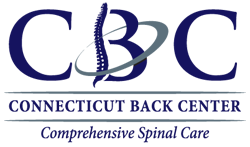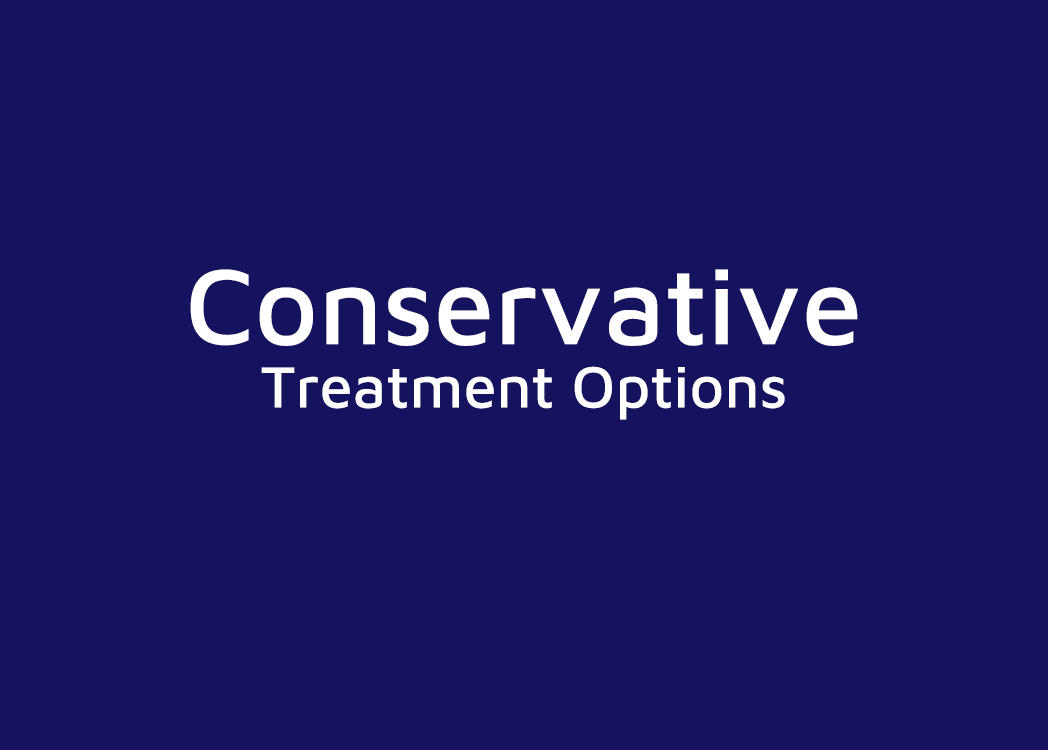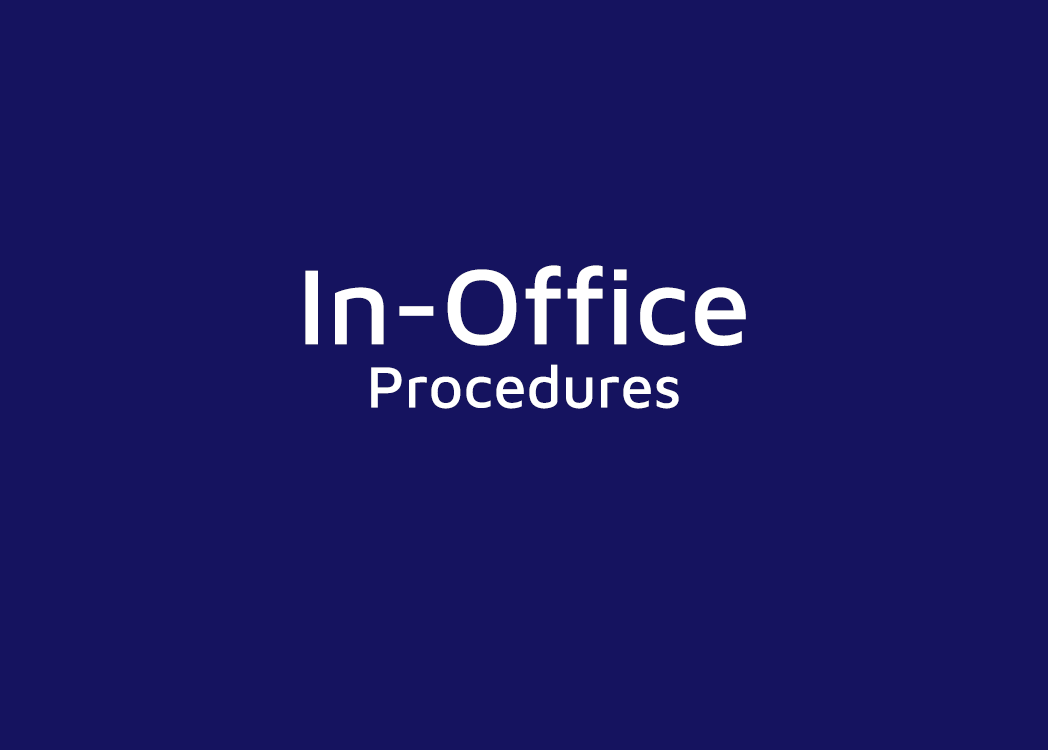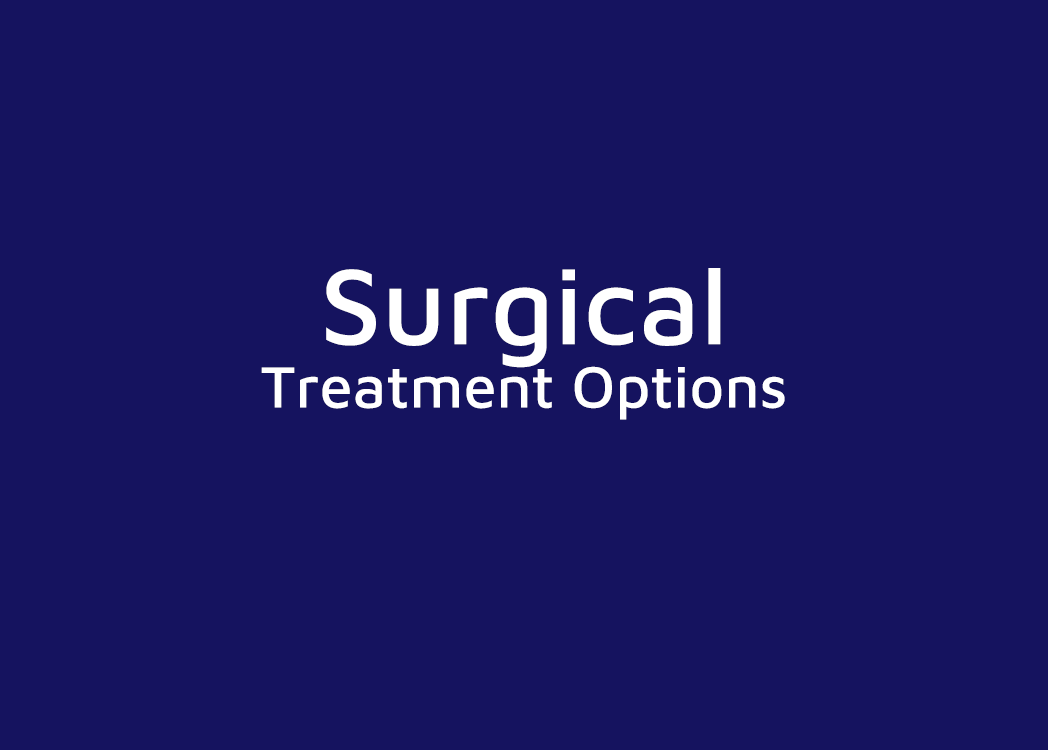Back Pain Relief Treatment Options
If you are one of the many people suffering from chronic back pain or another spine-related condition, you will be in great hands at Connecticut Back Center (CBC). CBC was founded by Jesse Eisler, MD, PhD, in 2005 and serves the Greater Hartford and Central Connecticut area. Our mission is to provide accurate, responsive and effective spinal care with comprehensive non-surgical and surgical treatments for the full spectrum of spinal disorders. Our goal is always to reduce your pain, increase your flexibility and help you resume an active life after treatment.
We offer both conservative and surgical treatment options, and recognize each patient is an individual regardless of diagnosis. Our providers employ a shared decision making process with each patient to determine which treatment option is best for them.
Conservative Treatment Options for Back Pain
Low Back Exercises
Exercises for lower back pain can strengthen back, stomach, and leg muscles. They help support your spine, relieving back pain. Learn more: Low Back Exercises
Alexander Technique
The Alexander Technique is an individual approach to help people develop the skills to recognize, understand and avoid poor habits of body use. Alexander teachers use their hands and words, helping clients to sense unnecessary body tension and gain new insights into the structure of their bodies and how to use themselves with less effort. Decompression of the spine, stronger postural muscles, dealing with pain issues, as well as improved flexibility, coordination and balance are some of the targets in Alexander sessions. The technique is an active self-help process. To make use of it, patients have to practice between lessons and apply their improved awareness to everyday activities. Learn more: Alexander Technique
Lumbar Traction/Spinal Decompression Therapy
Lumbar traction/Spinal decompression therapy involves stretching the spine using a traction table or similar motorized device, with the goal of relieving back pain and radiating leg symptoms. The traction creates negative intradiscal pressure to promote retraction or repositioning of a herniated or bulging disc. It also creates lower pressure in the disc that will cause an influx of healing nutrients and other substances into the disc. Learn more: Lumbar Traction/Spinal Decompression Therapy
Diers Gait Motion Analysis Lab
This scanner uses surface topography to create a 3D image of the patients spine. The scanner is comprised of a light source, camera and computer to take highly specific pictures while the patient is standing still, and also while they are walking. This type of imaging is helpful in forming clinically accurate and fast diagnosis for patients suffering from scoliosis, kyphosis, other spinal deformities and postural related ailments. Learn more: Diers Gat Lab
In-Office Procedures for Back Pain Relief
Epidural Steroid Injection
An Epidural Steroid Injection (ESI) is a minimally invasive procedure we perform right here in the office! This procedure can help relieve pain in the neck, mid or low back by reducing inflammation around the inflamed spinal nerves due to spinal stenosis, or a disc herniation. Learn more: Epidural Steroid Injection
Medial Branch Block
A medial branch block is a minimally invasive procedure that aims to temporarily relieve back pain. It is commonly performed to confirm the diagnosis of facet joint disease. The effects are usually temporary, if successful then a procedure called Radiofrequency Ablation may be recommended. Learn more: Medial Branch Block
Major Joint Injections
Your major joints such as your hips, knees, shoulders and ankles, are susceptible to arthritic pain caused by aging, repetitive use or a traumatic injury. Major joint injections are injections of local anesthetic and steroid medication directly into a joint space or capsule where two bones move together. You are probably familiar with cortisone joint injections, which we often use to reduce knee joint or hip joint pain. Joint injections can reduce or eliminate pain in your back and other areas like your shoulders, elbows, ankles, and more. Learn more: Major Joint Injections
Surgical Treatment Options for Back Pain
Lumbar Laminectomy
Lumbar laminectomy is a procedure that involves removing bone to relieve excess pressure on the spinal nerve(s) in the lower back or lumbar spine. Laminectomy removes the roof of the vertebrae to allow space for nerves exiting the spine. A lumbar laminectomy can relieve chronic lower back pain and leg pain that radiates. Learn more: Lumbar Laminectomy
Lumbar Microdiscectomy
When you herniate an intervertebral disc, you may have pain in your lower back (lumbar spine) and legs, among other symptoms of a “pinched” adjacent nerve root. Spine surgery for lumbar disc herniation is performed using a microscope and microsurgical techniques. Thanks to its magnification and illumination, the surgical microscope facilitates limited dissections. We only remove that portion of the herniated disc that is pinching nerve roots. Any pressure placed by a herniated disc on nerve roots can cause symptoms such as debilitating leg pain and weakness or numbness in your feet and legs. Learn more: Lumbar Microdiscectomy
Spinal Fusion Surgery
This procedure involves placing bone grafts between adjacent spinal vertebrae to join the two structures together. When appropriate, we may use minimally invasive surgical techniques. If the vertebrae are fused together they stop rubbing against each other. By placing bone grafts or bone substitutes between the affected bones, graft material helps maintain normal disc height. During healing, the bone and bone graft can grow together and stabilize your spine. Learn more: Spinal Fusion Surgery
Interbody Spinal Fusion Surgery
Interbody fusion means uniting two bony segments, whether due to a fracture or a vertebral joint issue. Typically within four months, the bone grafts will unite the vertebrae above and below to form one piece of bone. Learn more: Interbody Spinal Fusion Surgery
Interbody Spinal Fusion Surgery With Cages
Interbody fusion using cages was designed as a less invasive method for achieving spinal fusion. We can perform this procedure using either an anterior or posterior approach. Learn more: Interbody Spinal Fusion Surgery With Cages
If you are one of the many people suffering from neck pain, chronic lower back pain, scoliosis, sciatica or another spine-related condition, you will be in great hands at Connecticut Back Center (CBC). CBC was founded by Jesse Eisler, MD, PhD, in 2005 and with offices in Vernon and Bloomfield, CT serves the Greater Hartford and Central Connecticut area. Our mission is to provide accurate, responsive and effective spinal care with comprehensive non-surgical and surgical treatments for the full spectrum of spinal disorders. Our goal is always to reduce your pain, increase your flexibility and help you resume an active life after treatment. To learn more about your treatment options, give us a call at (860) 253-2714 or request an appointment online now.
What Our Patients Say About Us
“Thank you very much for giving me your time and expertise. I feel blessed to have found you and your staff”
“Thank you for your guidance, expertise and oversight in helping me recover from a very painful, stressful and challenging medical event”
“I want to express my thanks for all of your care, concern and most important, for taking away all of my pain”











